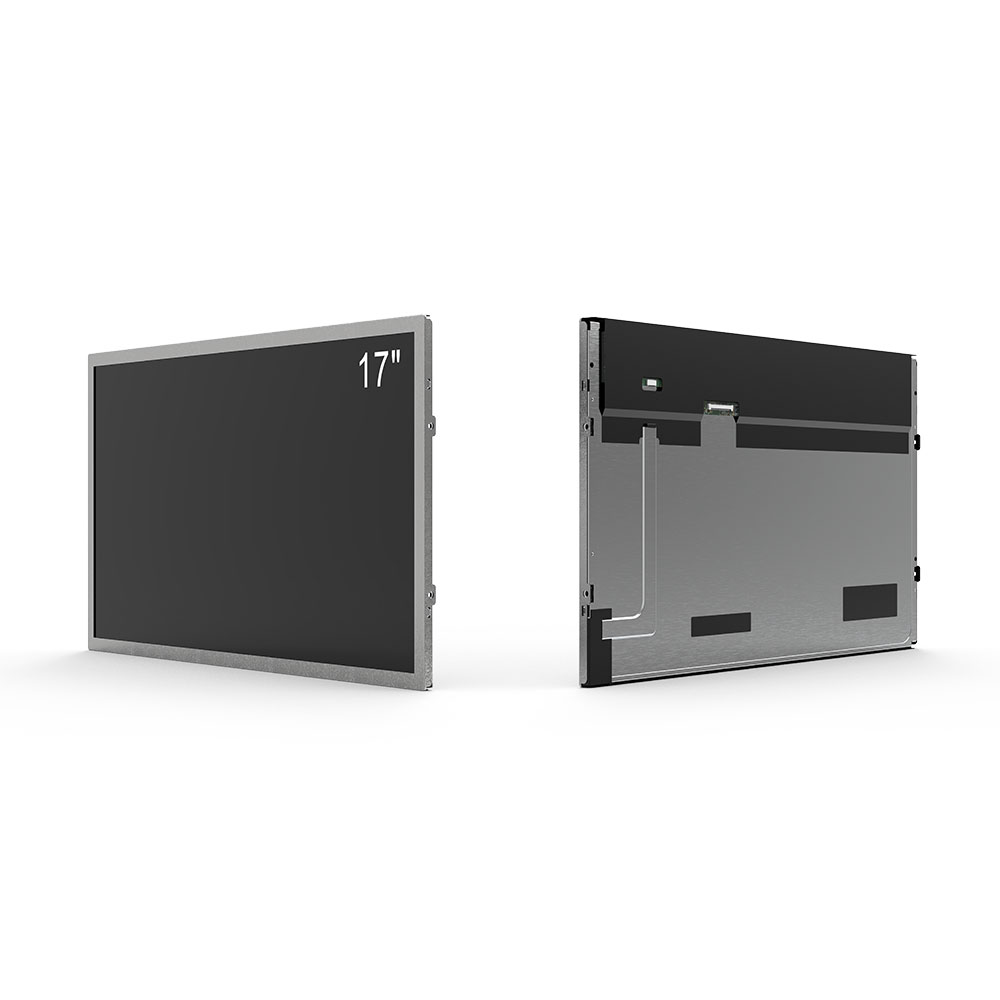상업 또는 공공 용도로 실외 LCD 화면을 선택할 때 가혹한 환경 조건에서 최적의 성능을 보장하기 위해 몇 가지 중요한 요소를 평가해야합니다. 가장 중요한 것은 밝기입니다. 실외 스크린은 직사광선에서 볼 수 있도록 5,000 니트를 초과해야합니다. SMPTE (Society of Motion Picture and Television Engineers) 의 산업 표준은 주간 가시성을 위해 최소 3,000 nits를 추천 두바이 및 로스 앤젤레스와 같은 도시의 실제 사례 연구에 따르면 고 대비 환경에 5,000-7,000 nits가 필요합니다..
또 다른 핵심 매개 변수는 디스플레이의 유입 보호 (IP) 등급입니다. 실외 응용 프로그램의 경우 IP65 이상이 먼지와 물 스프레이로부터 보호하는 데 필수적입니다. 싱가포르 또는 시애틀과 같이 강우량이 빈번한 해안 지역이나 지역에서 IP68-rated 스크린은 우수한 장기 신뢰성을 제공합니다. 또한 수동 방열판 또는 능동 냉각 팬과 같은 열 관리 시스템은-20 ° C에서 60 ° C의 극한 온도에서 작동 무결성을 유지하는 데 필수적입니다.

대비 비율과 시야각도 중요합니다. 높은 콘트라스트 비율 (1000:1 이상) 은 주변 광이 변동하는 경우에도 선명도를 보장합니다. 넓은 시야각 (170 ° 수평 및 수직) 은 다양한 위치에 서있는 사용자의 이미지 왜곡을 방지합니다. 이는 바쁜 도시 공간에서 디지털 간판의 중요한 기능입니다.
마지막으로 화면의 수명과 유지 보수 요구를 고려하십시오. LED 백라이트 패널은 일반적으로 60,000-100,000 시간 지속되는 반면 OLED 옵션은 UV 노출로 인해 실외에서 더 빨리 저하 될 수 있습니다. 전문 설치자는 종종 눈부심 방지 코팅과 자외선 방지 재료를 사용하여 기대 수명을 연장하는 것을 추천.
요약하면, 올바른 실외 LCD 화면을 선택하는 것은 밝기, 환경 복원력, 디스플레이 품질 및 다양한 기후에 걸쳐 실제 배포에 의해 검증 된 수명 요소의 균형을 맞추는 것입니다.







